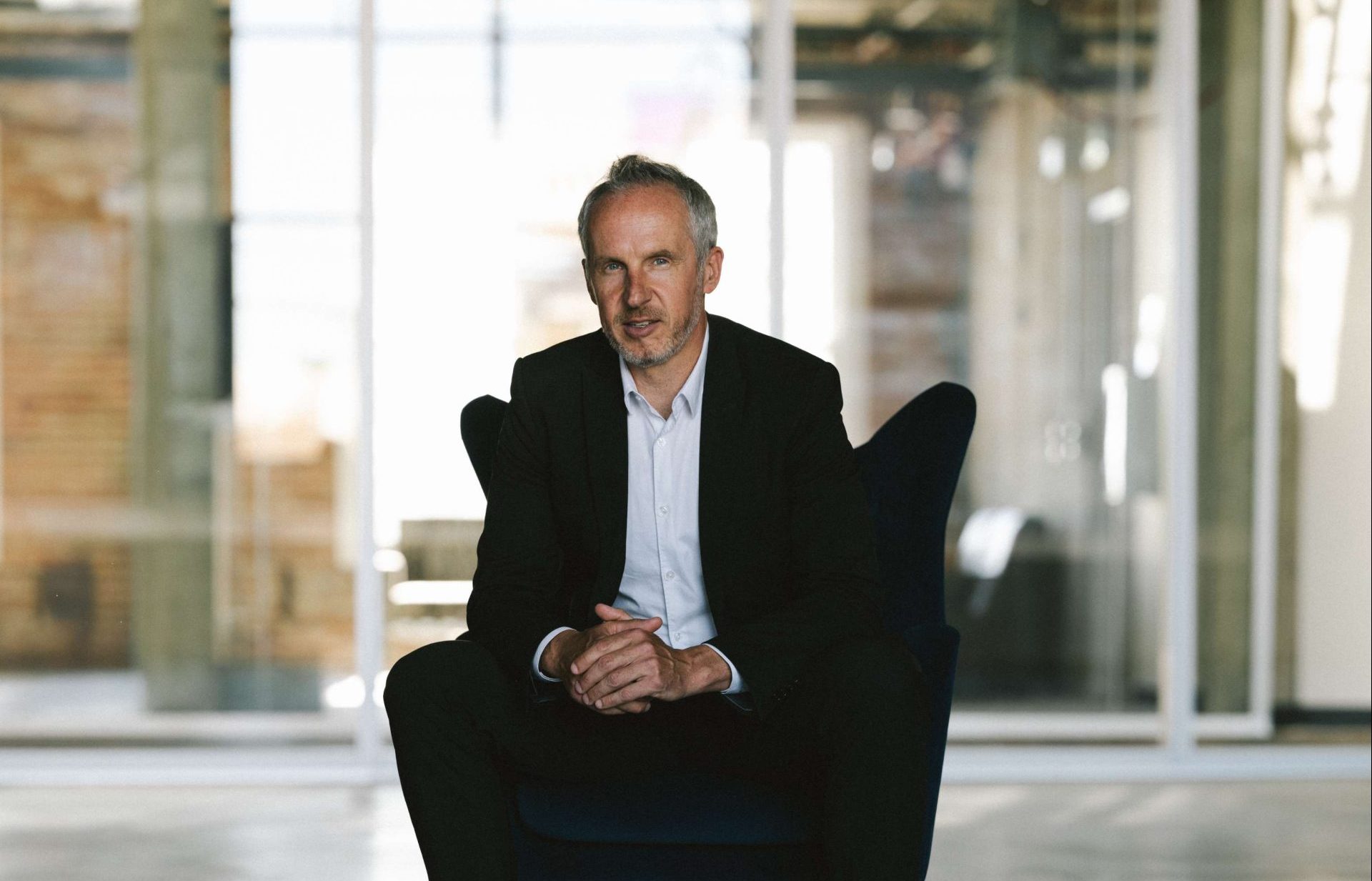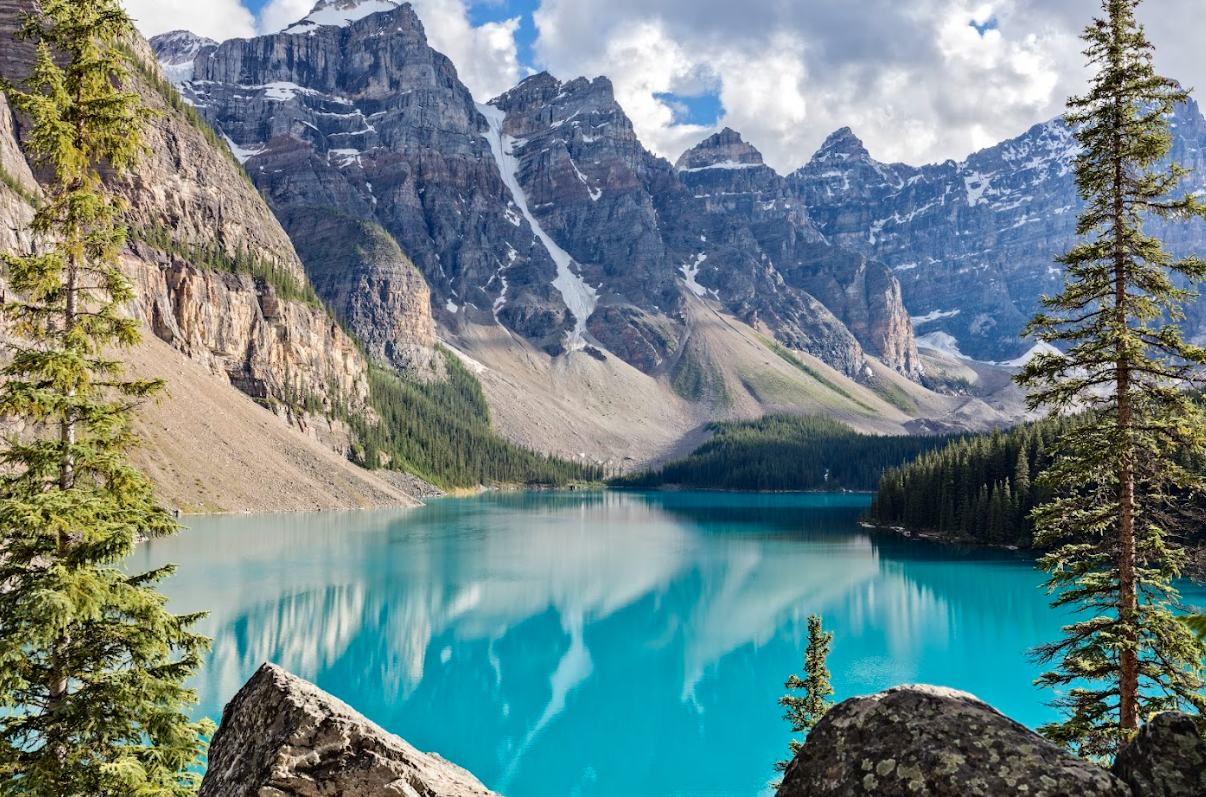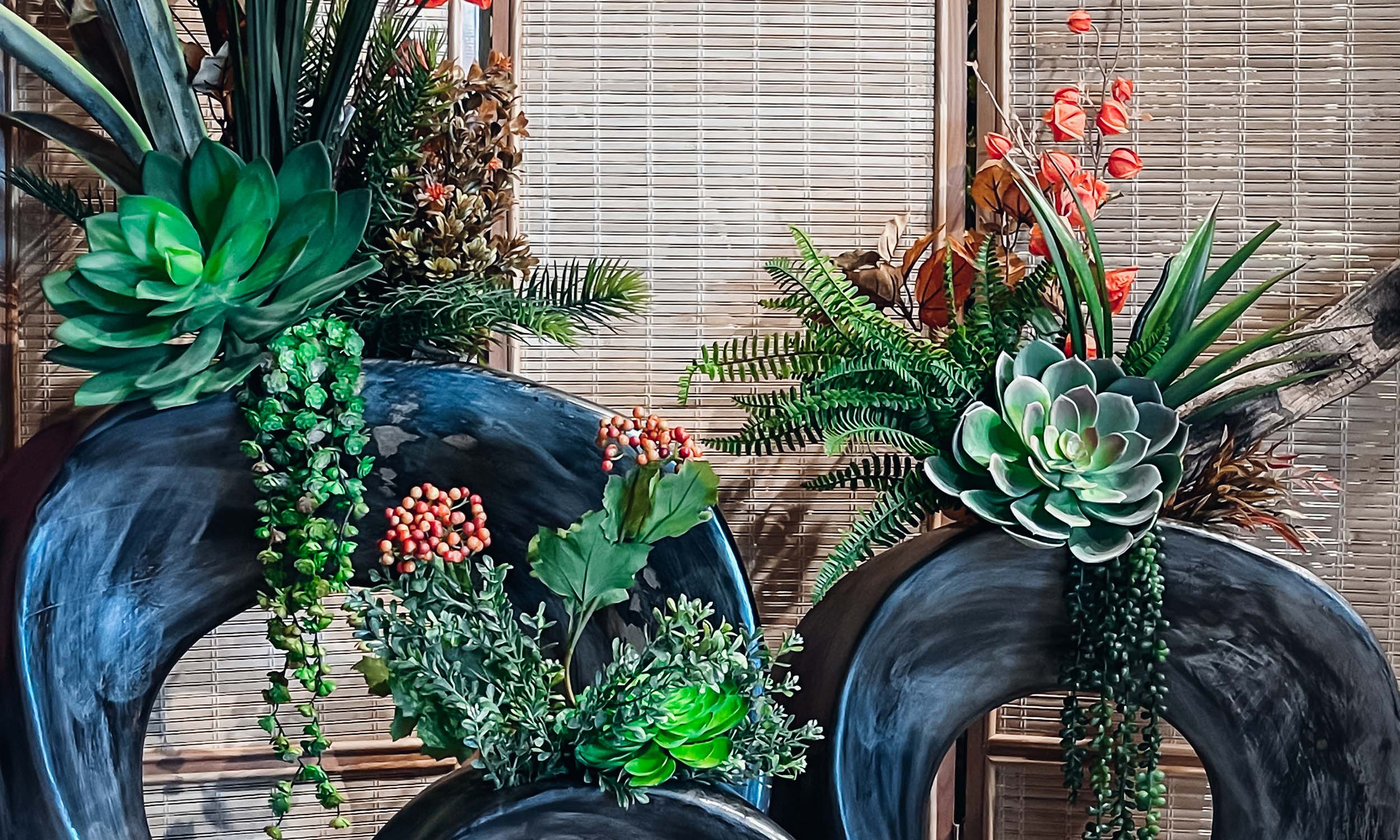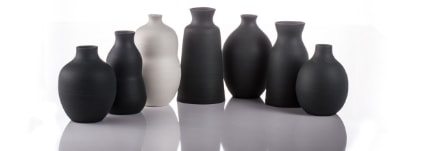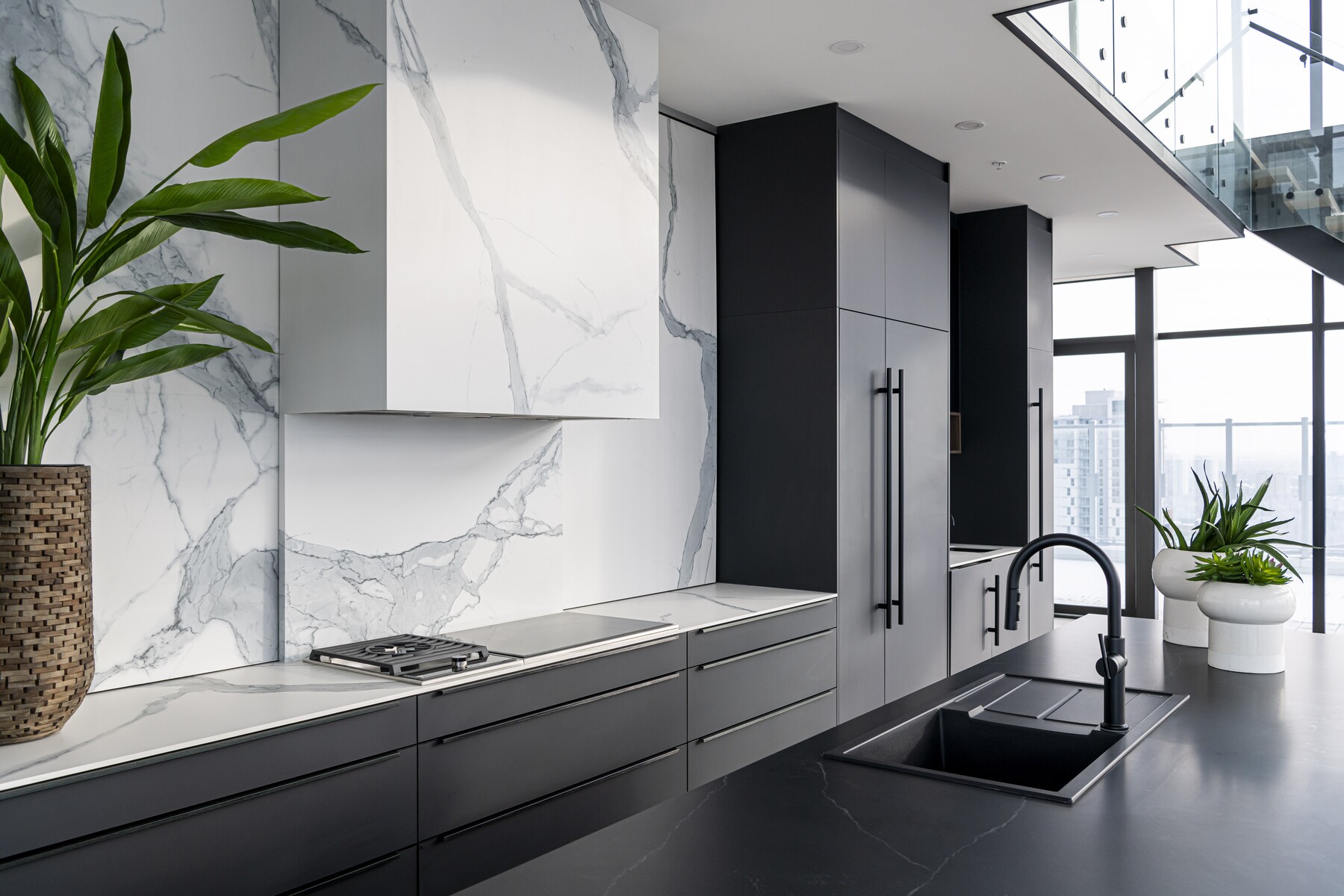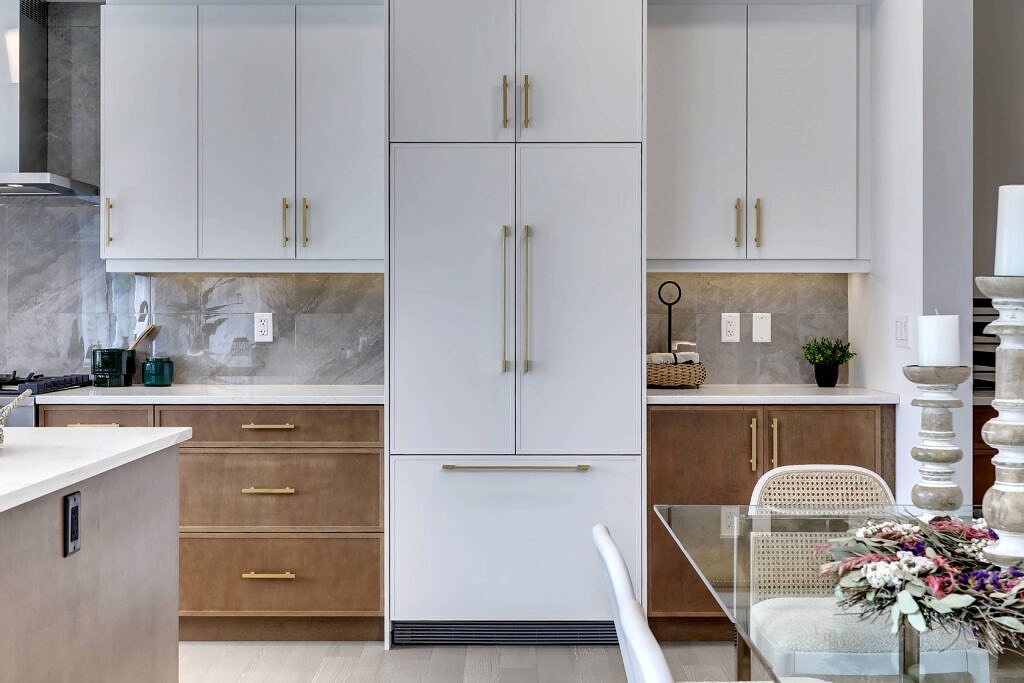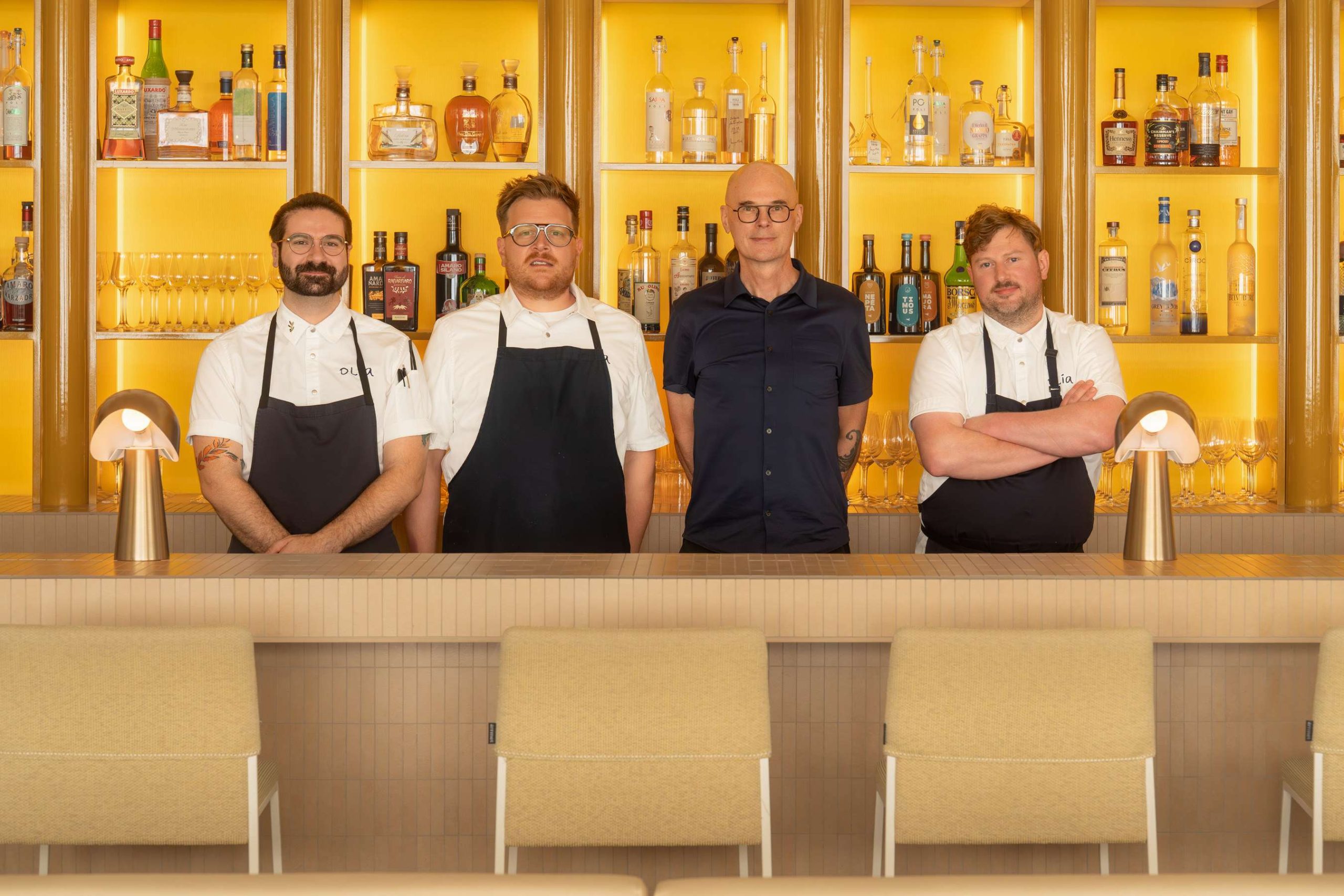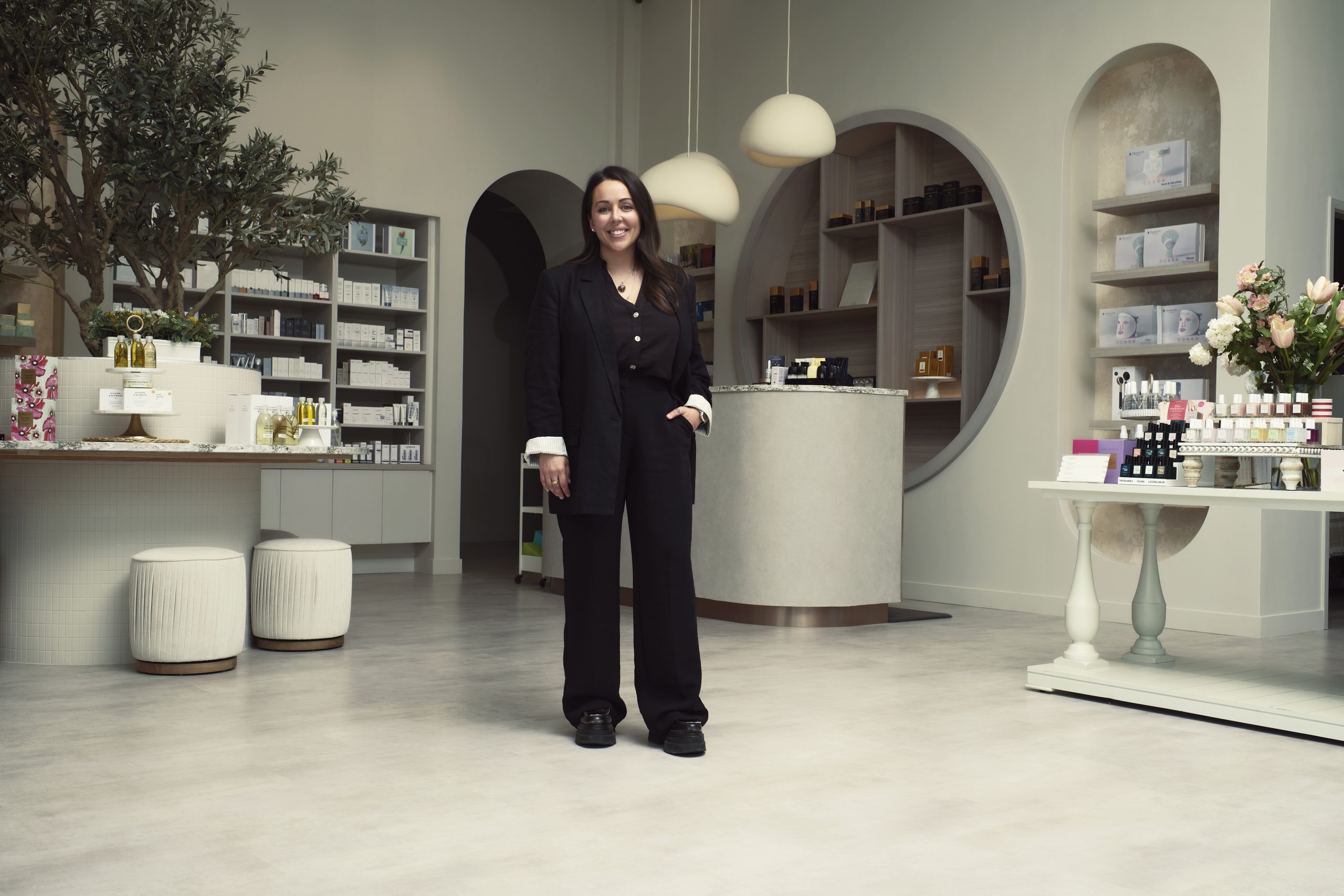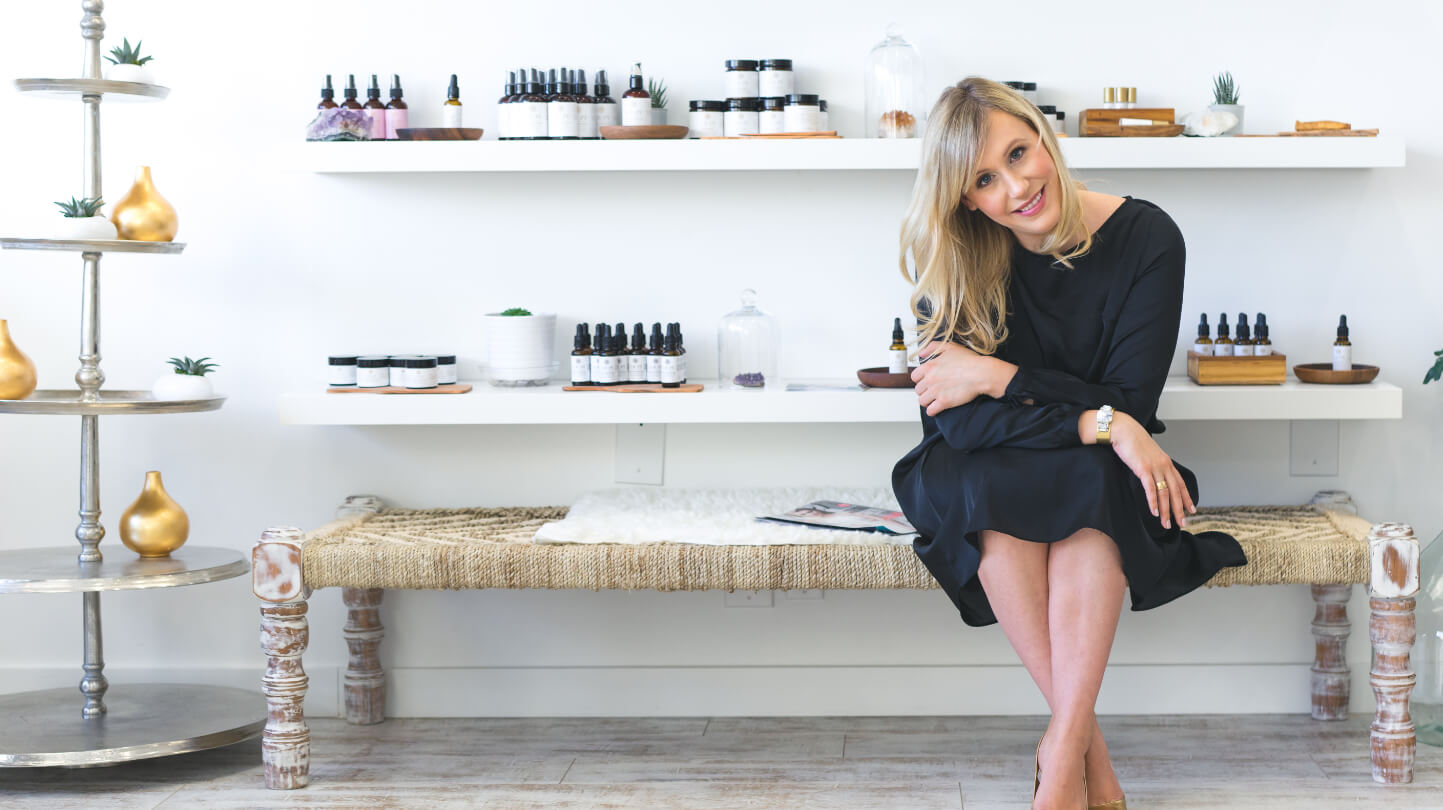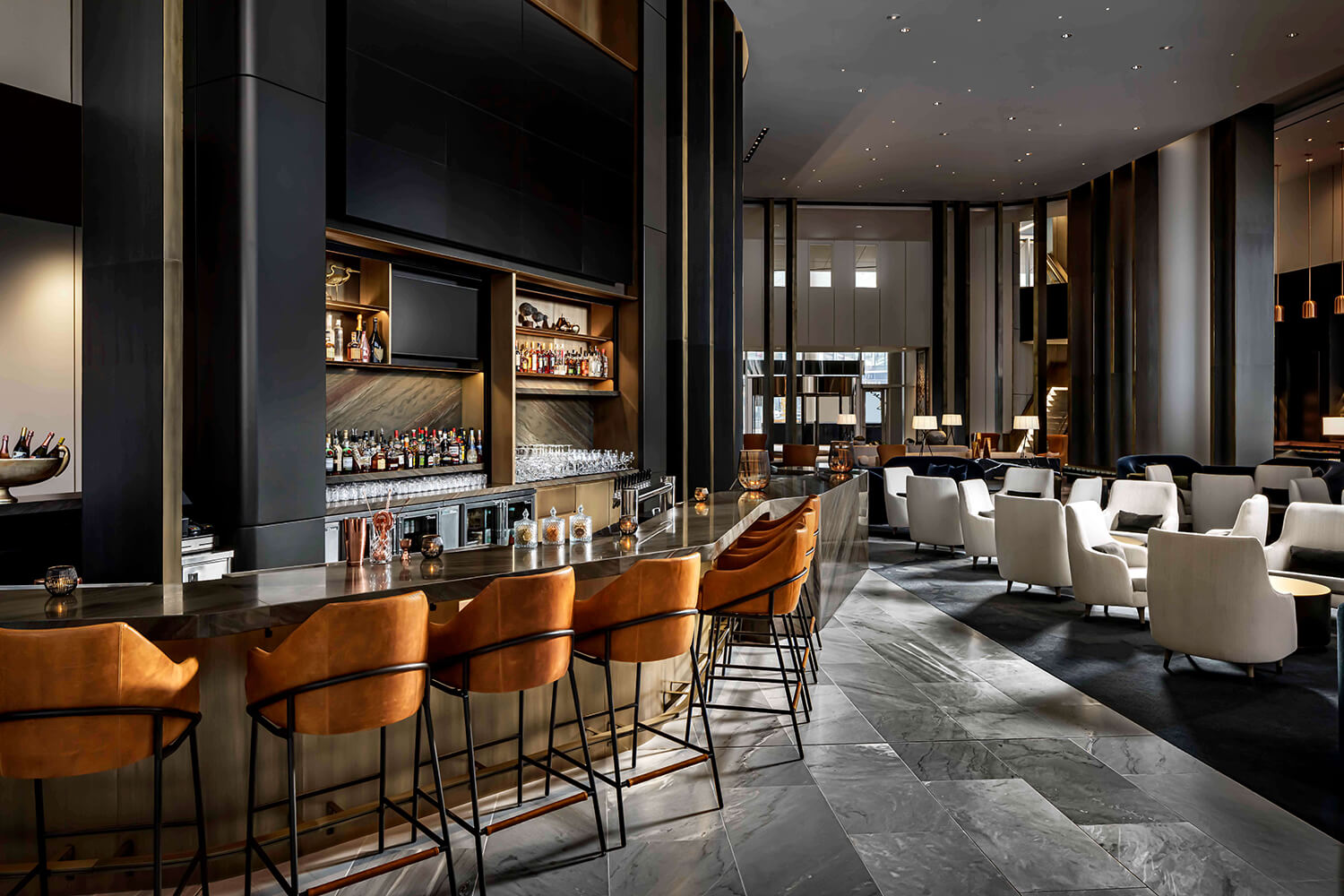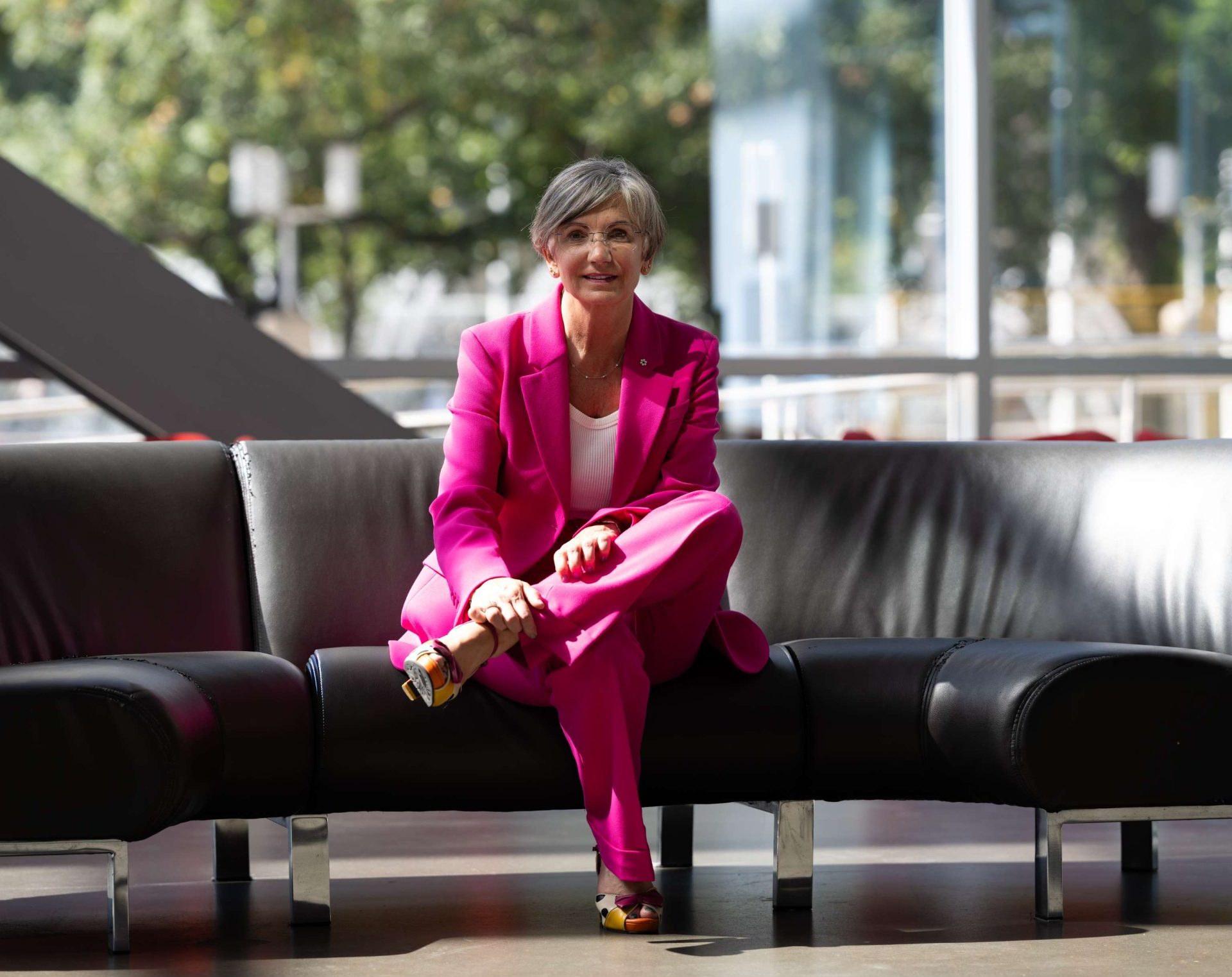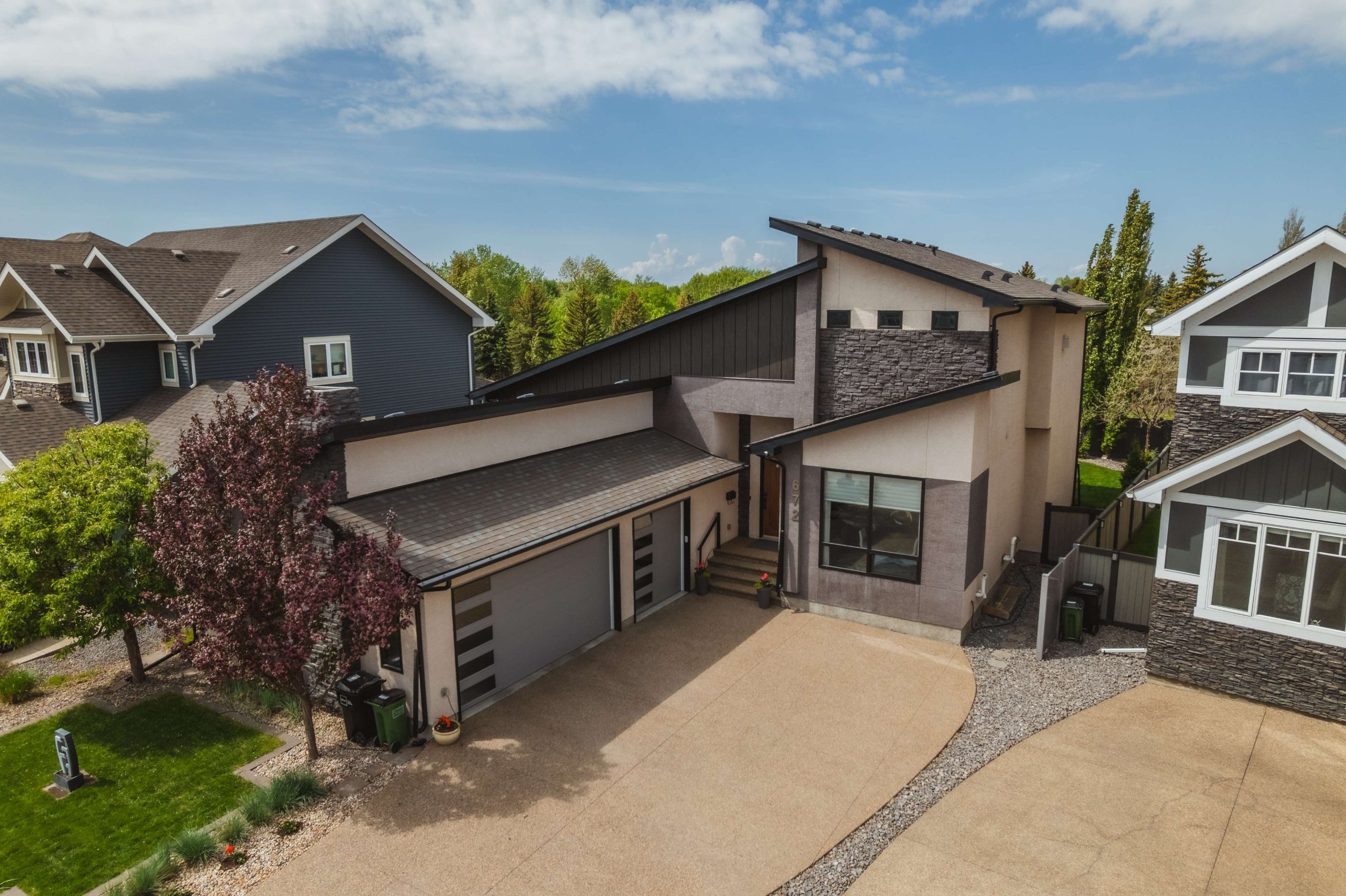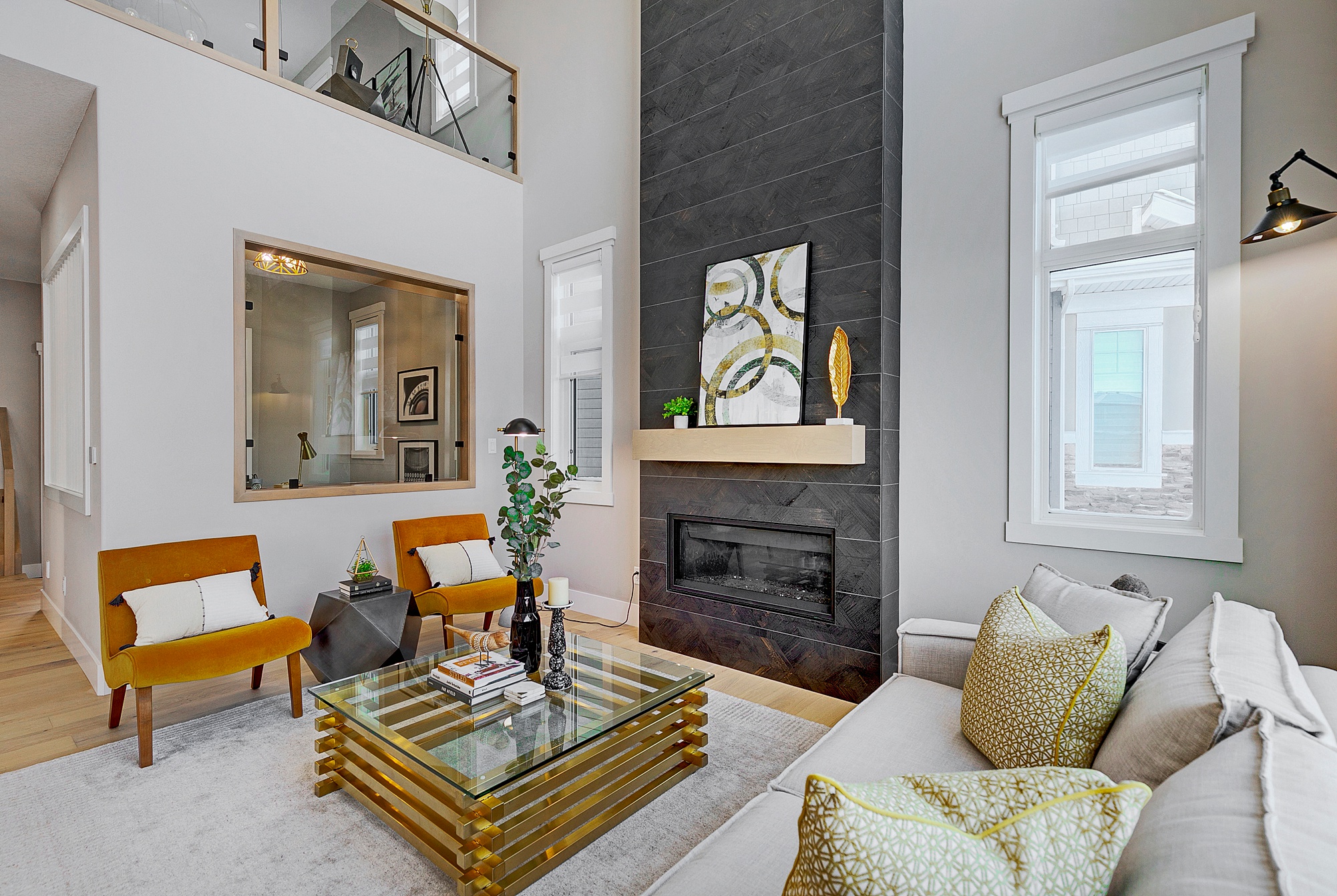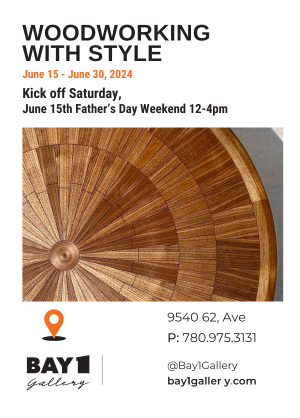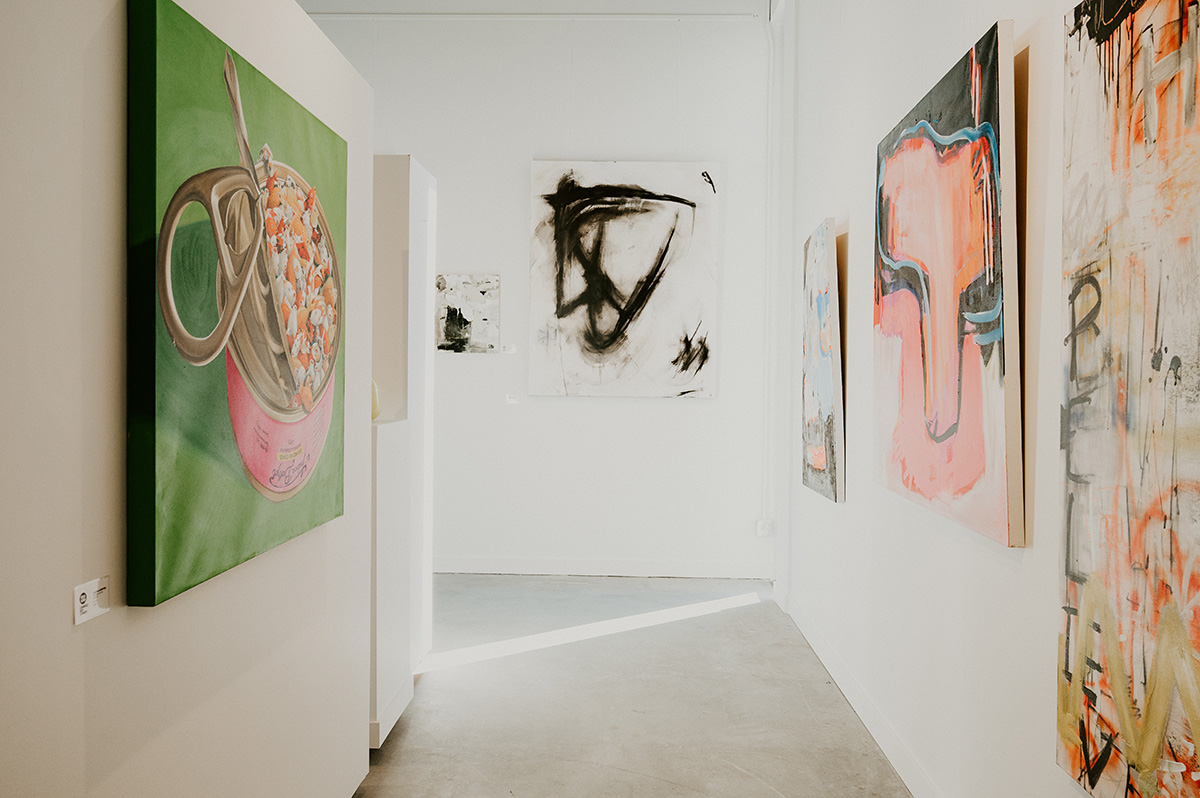Simplicity comes home
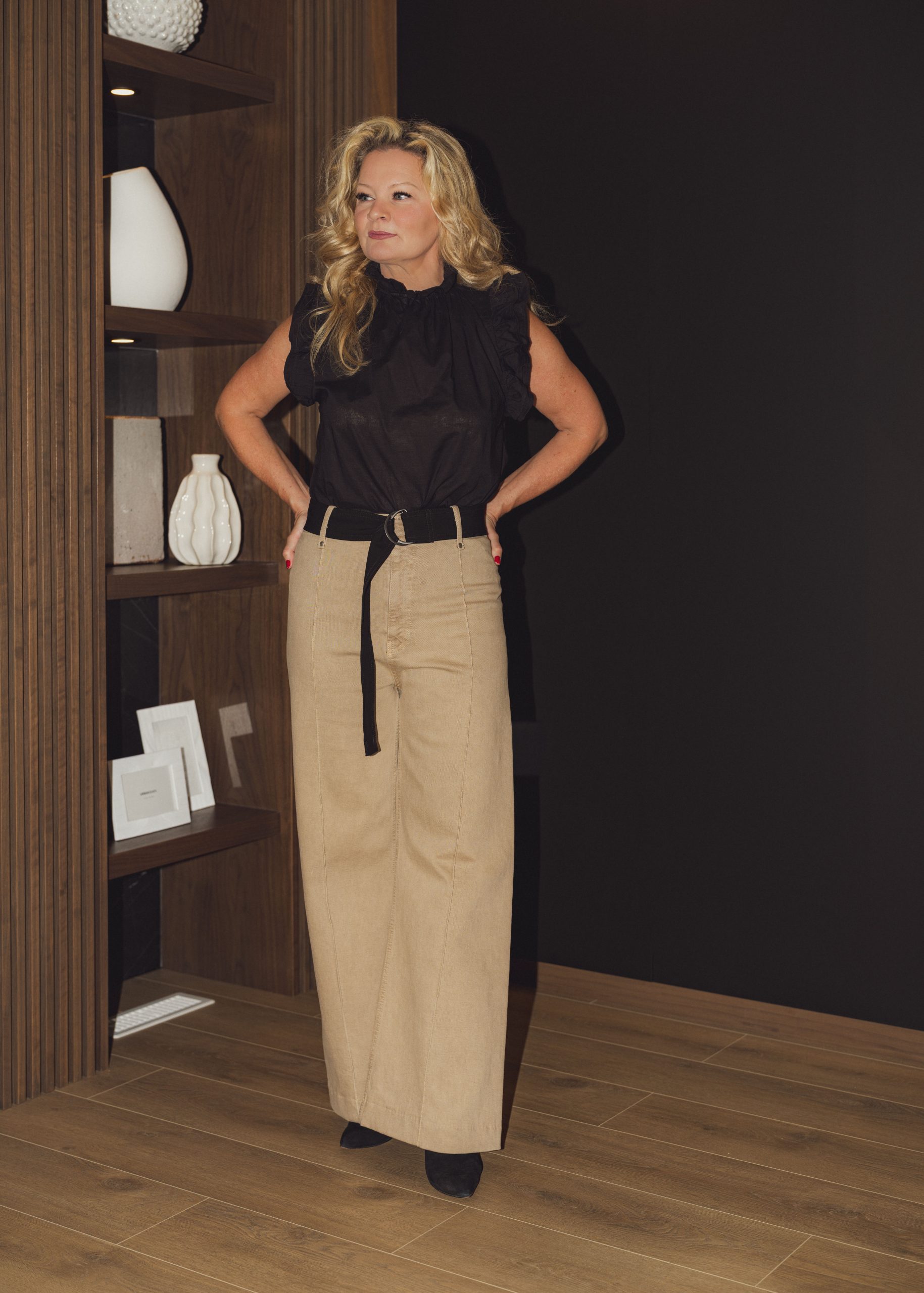
According to Tracy Birnie, owner and principal interior designer of Kanso Interior Design Inc., calm continuity, a lack of disarray, and a timeless final result are the non-negotiable pillars of design.
Kanso, a Japanese word meaning simplicity, felt like an appropriate name for Birnie, who opened her interior design company after years of experience in designing, fine arts, photography, and sculpting. Birnie describes her job as an interior designer as being the one who creates energy in a room. “[Designing] is what completes a room and gives it a certain feel,” she says.
From vet clinics to home builds, Kanso Interior Design has lived up to its name, bringing timeless, modern, and minimalistic designs to life in Edmonton and beyond. One such design is a custom-built home overlooking the Okanagan Golf Resort in Kelowna, B.C.
Often inspired by luxurious hotels, restaurants, and unique travel destinations, Birnie’s designs commonly pair natural elements, clean lines, and cozy wooden components, all illuminated by natural lighting to create a contemporary, traditional Italian look and feel. Both vertical and horizontal lines draw the eye to specific features and make any square footage feel more spacious.
Designing a home, or even a room, can look different for everyone. And it often does.
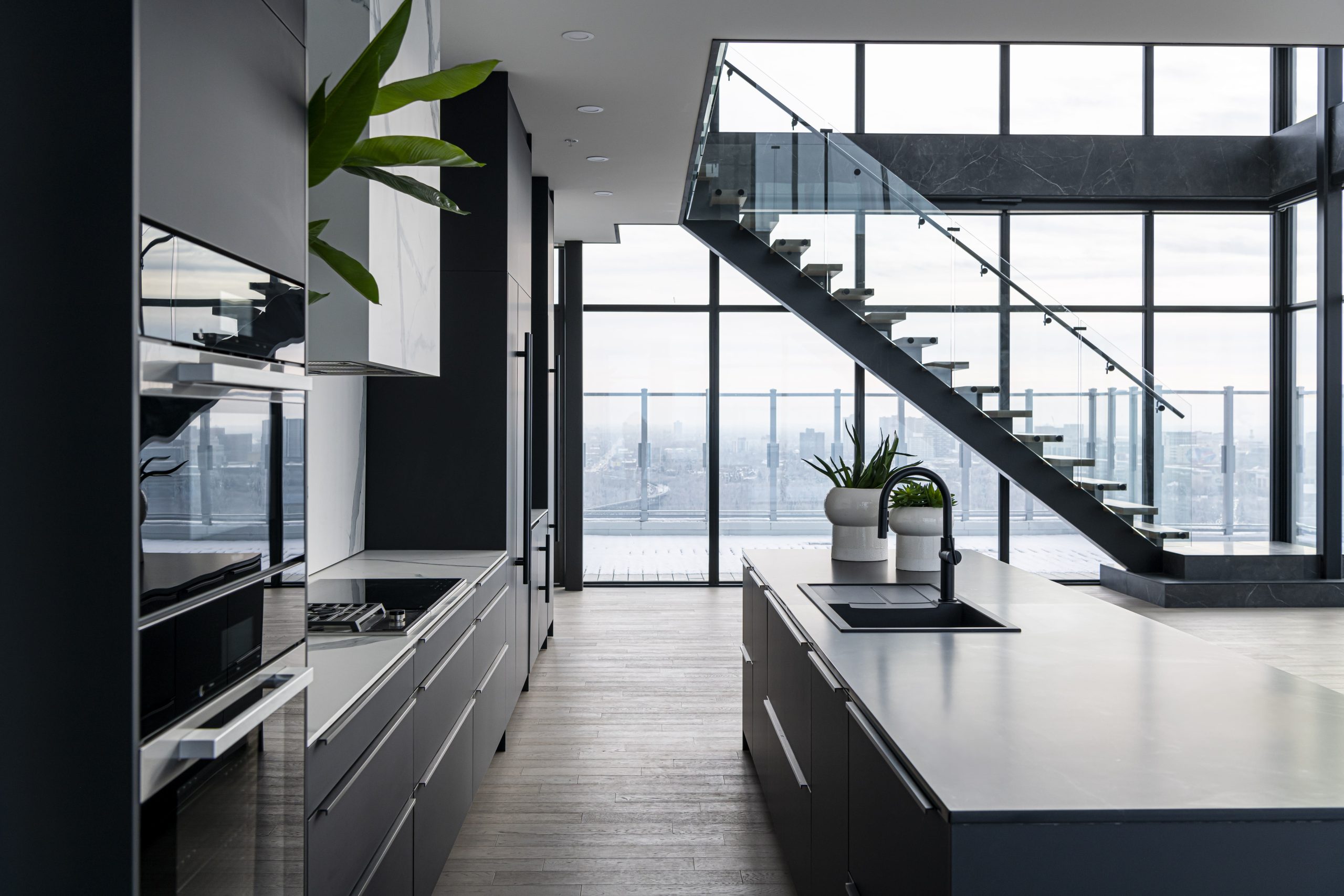

Birnie’s clients typically fall into one of two groups: those who want to see samples in person, feel the textures, and approve fixtures themselves before moving forward, and those who prefer a less hands-on approach, choosing not to participate in the on-site inspections but instead opting to make decisions based on Birnie’s presentations and recommendations. Neither group suffers from a lack of planning on Birnie’s end of the deal.
When meeting new clients, the independent designer says most people are shocked by the amount of forethought that goes into a project before the first brick is even laid. “Each home is different and unique. That’s what makes it comfortable for them.”
Birnie doesn’t let current trends edge into her creation process with clients. Instead, she steers her clients away from time-stamped trends to avoid potential redesigns years down the road. “I don’t want people to be able to tell when the house was built in five, 10, 15 years,” Birnie explains. She prides herself on the time spent working behind the scenes that her clients don’t see firsthand. Reviewing new products from her trusted suppliers and keeping up to date are among the means Birnie uses to stay at the top of her game.
Among those trusted colleagues is Troy Seaborne, owner and architectural technologist at Bauhaus Home Design Ltd. Aside from being someone with whom Birnie professionally collaborates, Seaborne is also her brother and someone she’s long respected. Giving preference to family-owned companies is common practice for Birnie, who looks for Canadian businesses to support through collaboration and product sourcing. Homes by Managen, FX Homes, and Goldline Developments are three of her preferred builders.
To succeed in the design industry requires an enormous commitment to networking, which doesn’t break when the workday ends. Birnie stresses the importance of making connections, given the industry’s referral-heavy nature. Strong connections keep designers in tune with new product releases while ensuring the quality of work never falls short of perfection.

Places To Be
See this month's local flavours, products, and services.


